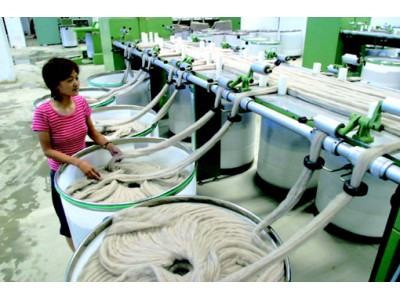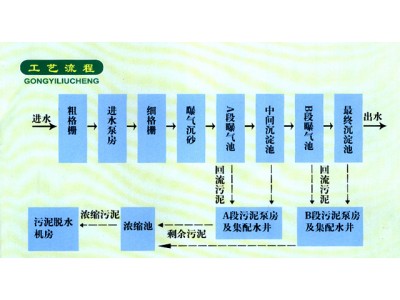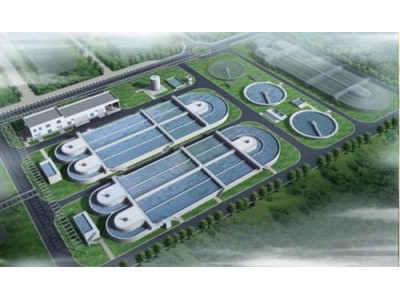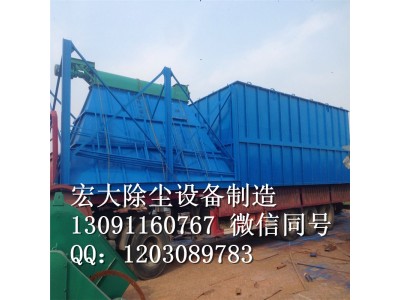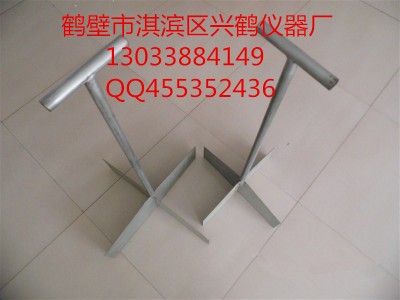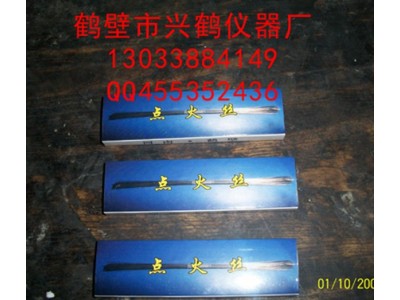1 Introduction
The population explosion and industrial growth are two traits of present day society, which require more electricity
generated form the coal-fired thermal power stations. However, the combustion of coal results in production of an
enormous quantity of the ash, which essentially constitutes of bottom- and fly-ash. The fly ash particles that are in
the form of suspension in the flue gas, which comes out of the power stations, contribute to an increased
suspended particulate matter, SPM. Hence, reduction in emission levels of the SPM becomes essential for
safeguarding the environment.
Electrostatic precipitation is a well established technique that employs application of electric field to separate out
the suspended particles (fly ash or dust) from the flue gas, which comes out of thermal power stations by
collecting it in hoppers (Navarrete et al., 1997; Parker, 1997; Kim and Lee, 1999; Bottner, 2003; Ray, 2004a;
Hanne et al., 2006). Previous studies reveal that the collection efficiency of the ash can be enhanced by resorting
to the flue gas conditioning, FGC, which deals with addition of different types of chemical additives (viz., sulphur
trioxide, ammonia, salts of sodium) and sprinkling of water to the flue gas, which alters the resistivity of the fly ash
and hence results in increased collection efficiency (Cheremisinoff, 1977; Brown et al., 1978; Harker and
Pimparkar, 1988; ACRL, 1998; Alvarez et al., 2000; Ray, 2004b). With ever growing emphasis on the utilization of
the fly ash, mainly in the cement and concrete, ceramic and electronic industries, researchers have conducted
several studies on characterization of the fly ash from hoppers (Joshi and Lohtia, 1997; Bayat 1998; Foner et al.
1999; Sear, 2001; Kiattikomal et al. 2001; Singh and Kolay, 2002; Pandian, 2004; Moreno et al. 2005; Das and
Yudhbir, 2006; Vassilev and Vassileva, 2007). However, how these characteristics of the fly ash get influenced
due to the flue gas conditioning, has not yet been investigated in details.
With this in view, an attempt has been made in this study to characterize the fly ash collected at various locations
in the Electrostatic precipitator (ESP) unit of a power plant in India. These locations correspond to hopper, bottom
portion, collection plate and Induced Draft (ID) fan of the ESP. Based on extensive investigations, it has been
demonstrated that how FGC influences the overall characteristics of the fly ash in the ESP.
2 Materials and methods
Fly ash samples were collected from coal-based thermal power station of 210MW capacity, located in India.
This power station is operated with dual flue gas conditioning system (ammonia and sulfur trioxide as the flue gas
conditioning agents). Ash samples from hopper were collected and mix together so as to create a representative
sample. Later, samples from different locations of the ESP, as depicted in Fig.1, were also collected during the
shutdown of the power station for maintenance work.
请点击下载
Characterization of Fly Ash from Various Locations of Electrostatic
【责任编辑:管理员 TEL:400-666-4470】



